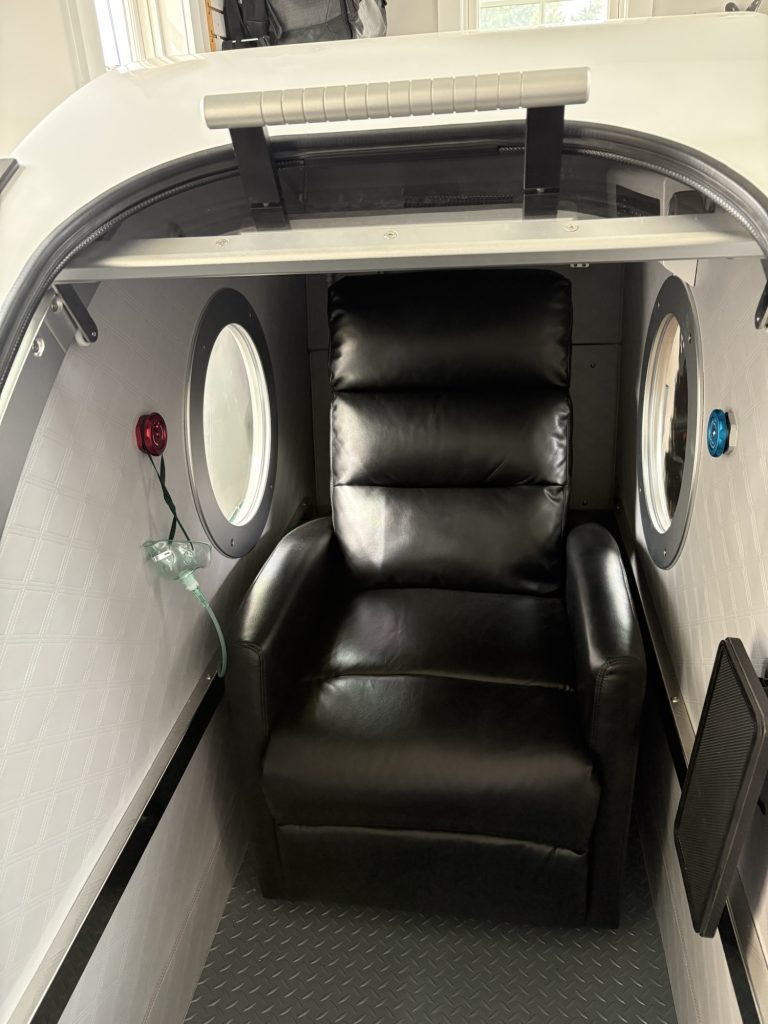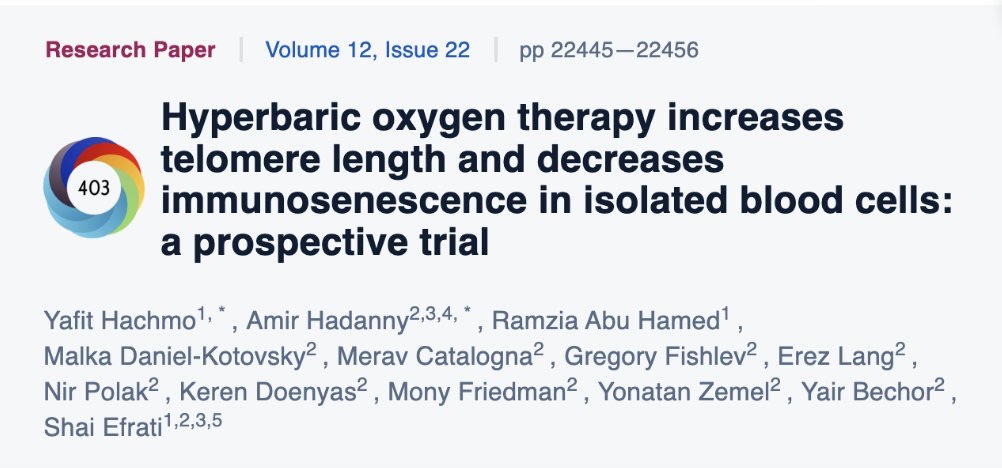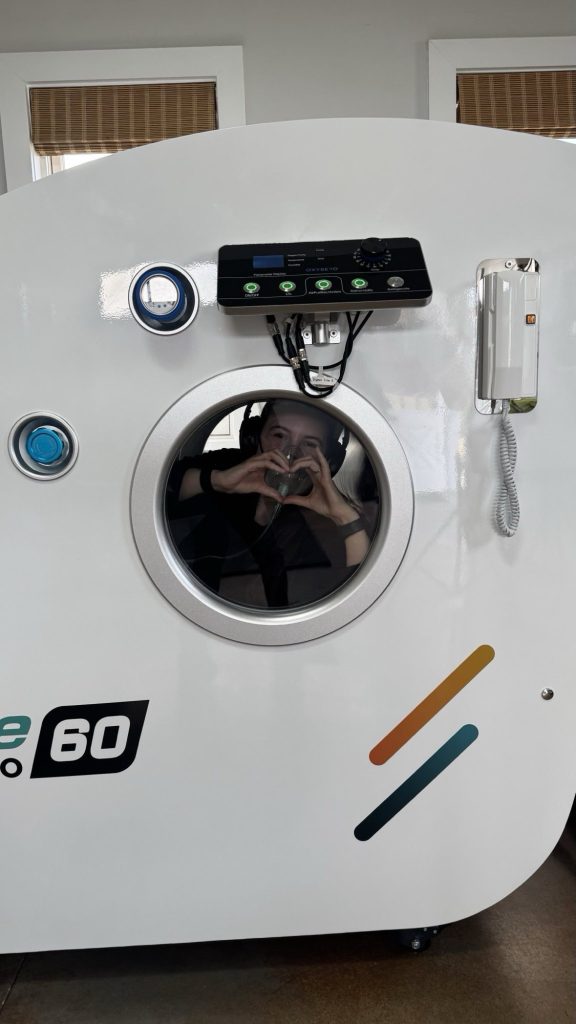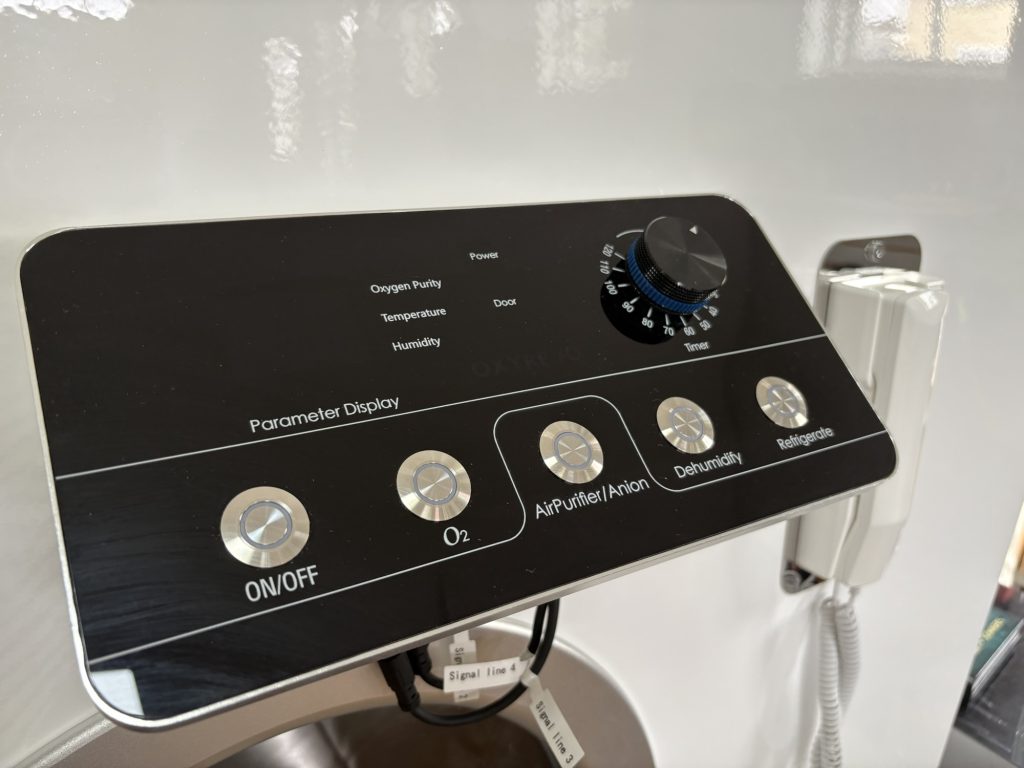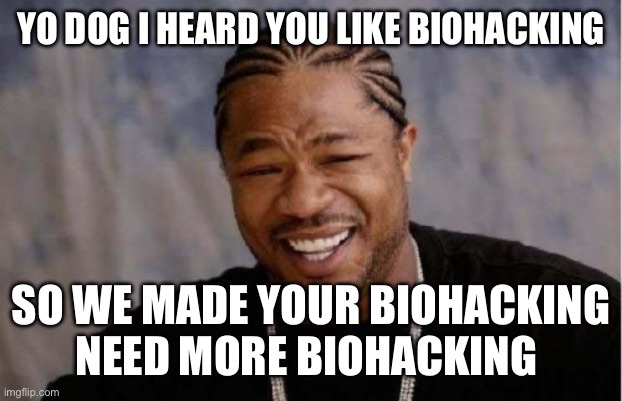My husband and I are both sick. It’s the kind of “not quite respiratory, not quite sinus, not quite right” viral infection that always seems to take twice as long to clear as you expect.
Aging and stress is part of it but so is the damage we both have from covid-19 infections that turned into pneumonia. We’ve never been the same.
The good/bad news is that everyone we know seems to have the same basic set of physical degradations that we do. Varying levels of impact are met with varying levels of healthcare and wellness routines. From peptides to hyperbaric oxygen chamber therapy, no one is taking this shit sitting down.
I was already chronically ill before the world changed forever. It’s now common to have a flavor of autoimmune inflammatory chaos. I feel both less alone but much more frustrated at the crisis in American healthcare.
My medical billing codes as ankylosing spondylitis (arthritis in my spine) and psoriatic arthritis (psoriasis but it’s inside your body and it hurts!) but the tldr is constant pain, occasionally losing the capacity to walk, and the persistent exhaustion of chronic inflammation.
As we both cancel travel plans (for a charity event we’ve supported for years) and struggle to manage food and medication, I am reminded of the grief we are all carrying around.
As the world goes on with the “before times” as l memory for older generations, and the idea of any kind of positive “before” is unimaginable to the young, the grief comes and goes. The elders we stopped civilization to keep alive are dead or dying and our youth are distraught.
My own father passed just two weeks ago. I am grieving his loss, as well as how the loss is being handled by others. But my grief is mine and he is gone.
I am not the one who gets to choose how to memorialize him. Life goes on and we make precious few decisions about how and when it ends.
I remember being so angry and afraid for him when he left for cruise as lockdowns went into effect. I begged him to cancel the trip. I was afraid he would get sick or die.
He didn’t share those fears. He got stuck on the boat for an extra week or two, as no port would let them dock. He had the time of his life. I was locked in an apartment in Manhattan.
I don’t think he ever got Covid. For which I am grateful. I know far too many who did. I know many angry Zoomers grieving lost high school and college years.
Housing went up by 50% as we printed to survive the crisis. Strange times for us all and now we face the Great Ravine where the choices we made catch up to us.
My investment thesis of an increasingly chaotic world was novel when I first began and now it’s the same pitch every Tom, Dick and Harry espouses. What was once unclear is now the consensus. I am I am alive to see it and find no satisfaction in being right. The grief is all around us. Grief is for the living.

